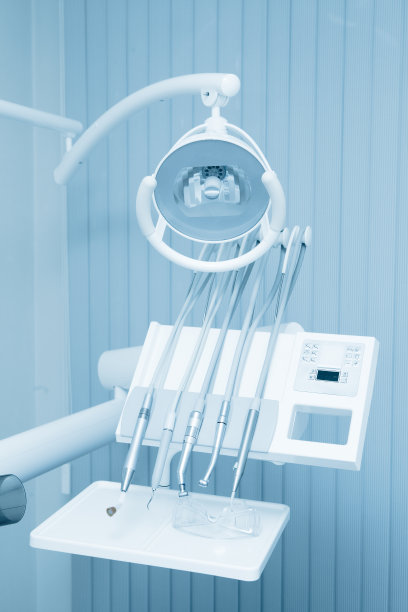Essential Tips and Precautions to Consider Before and After Your Dental Filling Procedure for Optimal Oral Health
Summary: Dental fillings are vital for restoring teeth damaged by decay or trauma. However, to ensure optimal results and long-lasting oral health, certain tips and precautions should be observed before and after the procedure. This article provides insights into preparation tips, post-fill care, potential side effects, and maintenance practices. By understanding these aspects, patients can significantly enhance their overall dental experience and maintain their oral hygiene more effectively.
1. Preparation Tips for Your Dental Filling

Before undergoing a dental filling procedure, it is essential to prepare adequately. First, consult with your dentist about the specific type of filling material they recommend based on your needs. Materials such as composite resin, amalgam, or glass ionomer may each have their pros and cons. Understanding these will help you set realistic expectations.
Secondly, maintain good oral hygiene leading up to your appointment. Brush and floss your teeth thoroughly to minimize the presence of bacteria around the affected area. This not only promotes better healing post-procedure but also reduces the chance of complications.
Lastly, inform your dentist of any medications or supplements you are taking. Certain prescriptions can influence anesthesia effectiveness or interact negatively during the procedure. Transparency with your dentist ensures a safer and more efficient filling process.
2. Post-Filling Care Guidelines
After receiving your dental filling, follow specific care guidelines to ensure your new filling lasts. Initially, avoid eating hard or sticky foods for at least 24 hours. This precaution will prevent undue stress on the filling while it sets and allows your mouth to adjust to the material.
Next, refrain from consuming hot or cold beverages immediately after treatment. Anesthetics may dull your sensation, and consuming extreme temperatures could lead to burns or discomfort without you realizing it. Stick to lukewarm or room temperature options until the numbness subsides.
Additionally, maintain regular dental hygiene practices. Brush gently around the filling to avoid dislodging it, and consider using a soft-bristled toothbrush during the initial days after your filling. This extra care helps in promoting healing and preventing any irritation around the filled area.
3. Recognizing Potential Side Effects
While dental fillings are generally safe, some side effects can occur following the procedure. These may include sensitivity to temperature or pressure. This sensitivity is usually temporary but can be discomforting. Monitoring your symptoms is crucial; if the sensitivity continues beyond a few weeks, consult your dentist.
Another side effect to look out for is the feeling of a rough surface or adjustment issues with your bite. If you notice that your teeth do not align correctly, you may need to return to your dentist to have them adjust the filling. Proper bite alignment is essential to prevent jaw pain or future dental complications.
Finally, be aware of any swelling or prolonged discomfort that doesn’t improve. While mild discomfort is normal after a filling, significant pain could indicate complications such as infection or damage to nearby teeth. Seeking prompt professional advice is essential in these situations.
4. Long-term Maintenance for Dental Fillings
To ensure your dental filling remains effective over time, regular oral hygiene is critical. Brush your teeth at least twice daily and floss to eliminate plaque accumulation, which can cause further decay around the filling. Using fluoride toothpaste can also help strengthen your enamel.
In addition to your daily routine, schedule regular check-ups with your dentist. These appointments allow for early detection of any issues with the filling or surrounding dental health. Your dentist can identify potential problems before they escalate, saving you time and discomfort in the long run.
Ultimately, being mindful of your diet contributes to the longevity of dental fillings. Avoid excessive consumption of sugary or acidic foods and drinks, as these can contribute to decay and weaken nearby teeth. Consider integrating foods rich in calcium and vitamins to strengthen your overall dental health.
Summary:
Understanding the essential tips and precautions before and after a dental filling procedure facilitates optimal oral health. From preparing effectively to adhering to post-care guidelines, recognizing side effects, and maintaining long-term hygiene, patients can ensure their fillings are successful. This not only protects their teeth but also enhances their overall well-being.
This article is compiled by Vickong Dental and the content is for reference only.



